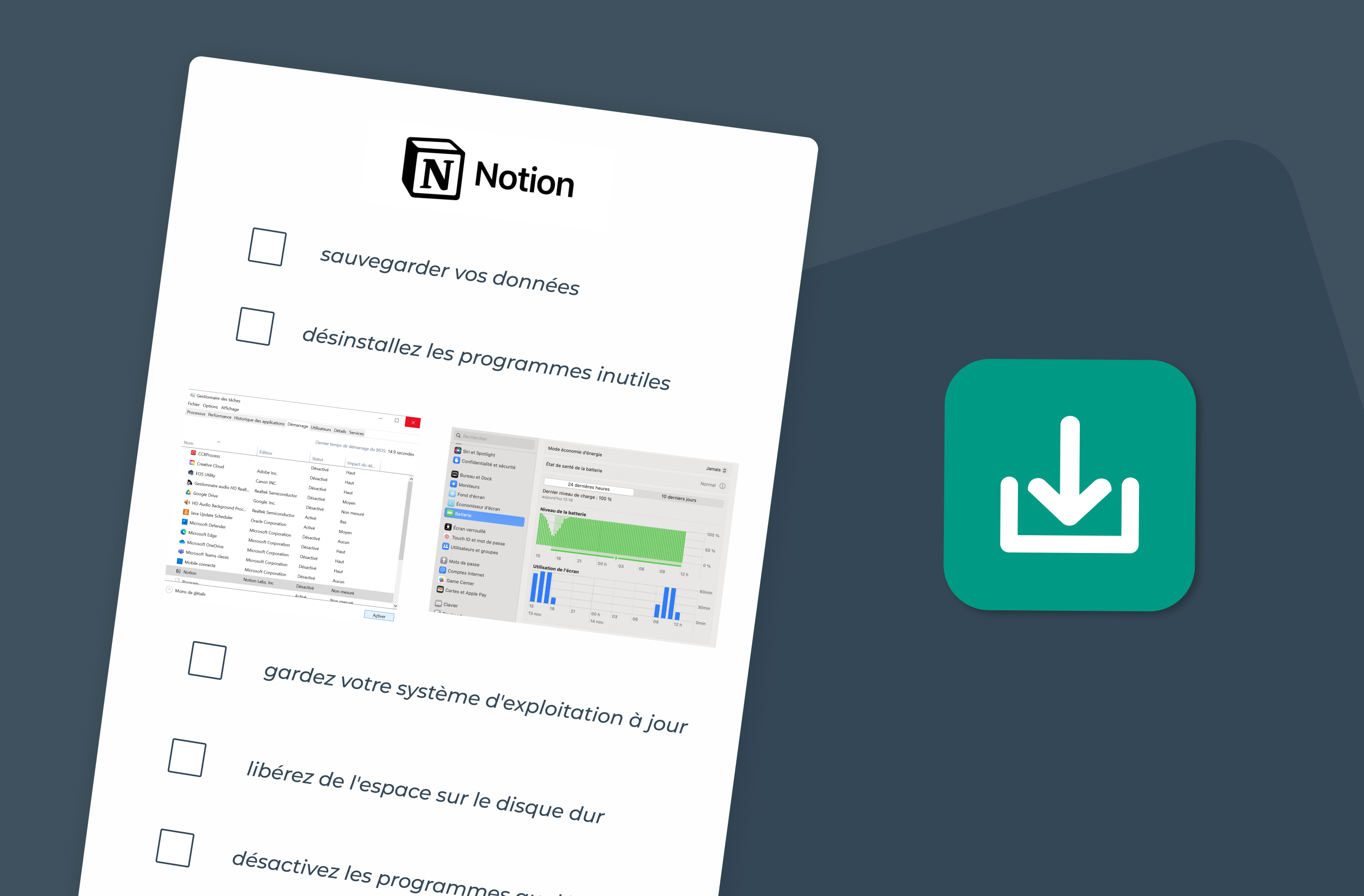Ticket management problems: how to overcome them?

Benefit from effective IT support
Discover our all-in-one solution
Every company that offers technical support or customer service knows this scenario: an ever-increasing volume of tickets to be processed, deadlines that are getting longer, requests that fall through the cracks... and in the end, frustrated customers and support teams under pressure.
La ticket management is no longer a simple process: it has become a strategic challenge to guarantee satisfaction, responsiveness and continuity of service.
In this article, we explore ticket management challenges and concrete levers to move from a submerged system to a fluid and efficient organization.
The benefits of effective ticket management
Before addressing the difficulties, it is useful to remember what you gain by structuring your ticket management system :
- A better customer experience : Users no longer waste time repeating requests, and they get quick and consistent responses.
- Greater productivity for support teams : by reducing manual tasks, the agents of your computer support (or your customer service department) focus on solving problems rather than classifying them.
- Transparent follow-up of requests : you have complete traceability of exchanges and the history of each ticket.
- An ability to manage activity in real time : thanks to accurate indicators and dashboards, you identify trends, measure performance and adjust your resources.
- Compliance with service level agreements (SLA): each request is prioritized, processed and resolved within the defined deadlines.
These benefits are at your fingertips... provided you meet the daily challenges of support ticket management.
The main challenges of ticket management
Even with a powerful tool, some obstacles are recurrent in businesses. Knowing them makes it possible to better anticipate them.
Volume of tickets to be processed
One of the first challenges is the Quantity of tickets that are coming in every day. Between urgent requests, minor incidents and recurring questions, support teams must juggle a constant, sometimes unpredictable, flow.
Without a system of prioritization and automation, this volume can result in:
- Longer response times;
- A decrease in the quality of support (IT or customer);
- Overwork for agents;
- And growing customer dissatisfaction.

Prioritization of different requests
Not all requests are created equal. Some require immediate care (critical failure, blocking incident), others can be scheduled (question about a feature, information request).
The real challenge is to set up a clear prioritization process :
- How do you distinguish what is critical from what can wait?
- What routing rules should be applied?
- Who validates the prioritization in case of doubt?
The absence of objective criteria leads to “first come, first served” treatment that is not always relevant.

Inter-team communication
Solving a ticket often involves several actors: technical support, product teams, HR, even management.
When information is scattered (emails, instant messaging, shared files), the inter-team communication becomes chaotic. The answers contradict each other. Processing times are getting longer. And no one knows exactly where the case stands.
One unique ticketing platform makes it possible to centralize exchanges and to ensure a common vision.

Timely follow-up and resolution of tickets
Finally, even after awarding and starting to process a ticket, follow-up is sometimes flawed.
Concrete examples:
- An IT ticket takes a back seat after a partial response.
- Automatic reminders are not set up.
- There are no dashboards that report overdue tickets.
The result? Requests that have been pending for several weeks and customers are constantly relaunching.

How to optimize ticket management?
These challenges are not inevitable. Here are 4 ways to move to a more efficient, more fluid and more pleasant model for all stakeholders.
1 - Automating ticketing processes
Automation is a pillar in the modernization of support services.
In concrete terms, this means:
- The automatic creation of tickets as soon as an email or form is received.
- Smart routing to the competent team through rules based on the nature or priority of the request.
- Automatic notifications that inform the customer of the progress.
With a all-in-one platform like Rzilient, these automations reduce friction and allow for larger volumes to be processed with the same team.
2 - Implementation of efficient workflows
A well-designed workflow is the common thread of ticket management.
Some best practices:
- Define clear steps (new, ongoing, pending, resolved).
- Associate validation rules and conditions for changing from one status to another.
- Set up automatic reminders and escalations if deadlines exceed a threshold.
- Document the process and make it accessible to all agents.
Clear workflows provide visibility, consistency, and speed.
3 - Continuing training for support teams
Even with the best tools, The human factor stay central.
Employees must be trained:
- To the functionalities of the ticket management software;
- Empathic communication techniques;
- To the proactive resolution of problems;
- To good prioritization and escalation practices.
At Rzilient, we see that a continuing education, combined with human support (outsourced IT support, tutorials, mentoring), is a major driver for team performance.
4 - Use of performance indicators (KPIs)
Finally, managing the activity involves monitoring the right indicators:
- Average first response time ;
- Average resolution time ;
- Rate of tickets resolved upon first contact ;
- Volume of tickets per channel ;
- Customer satisfaction after resolution.
This data makes it possible to identify bottlenecks, adjust resources and justify changes in the process to management.

Outsource the management of your tickets
Some businesses choose to keep all management in-house. Others prefer outsource support partially or completely.
Why?
- To absorb peaks of activity without hiring urgently.
- To benefit from a outsourced technical support, available continuously, even outside of the usual hours.
- To entrust the management of the process to experts.
With a solution like Rzilient, you benefit from a orchestration and decision support tool, combined with human and responsive support. You gain peace of mind, your teams focus on their core business, and your users benefit from a fast and reliable service.
As we have seen, the ticket management is a strategic lever for streamlining business, strengthening customer trust and relieving the burden on your support teams.
By combining automation, personalized workflows, continuous training and performance indicators, you transform your ticketing processes into a competitive advantage.
Do you want to find out how our all-in-one platform can simplify the management of your tickets?







.webp)